Writing Teaching Resources
Teaching writing strategies and the writing process this school year? Explore a comprehensive collection of teacher resources for primary English teachers — all created by teachers!
Stocked with graphic organisers, writing prompts, templates, worksheets and so much more, this collection of printable and digital activities is designed to help you as you help your students become more effective communicators and unleash their creativity and imagination.
Save time on lesson planning with resources that are aligned with the Australian curriculum (including version 9!) and have been through a careful review process by an expert member of our teacher team to ensure they're ready for your classroom and your students!
Are you looking for tips and tricks to add to your teacher toolkit this school year? Read on for a primer from our teacher team, including engaging activities for teaching writing inprimary school and a look at some of the different writing strategies your students will need to learn.
11 Writing Strategies Kids Should Know by the End of Primary School
We can't talk about teaching kids to write without talking about the different writing strategies that can help them do just that!
When it comes to teaching our students to become confident writers who articulate their ideas effectively, here are some of the strategies our teacher team prioritises:
1. Brainstorming
Brainstorming is something we often do in the classroom, and it's a crucial part of learning to generate the ideas that will drive students' writing as they progress through their educational journey. Kids should know how to create a list of potential topics or points related to a particular writing assignment.
With younger students, this is often done as a whole group by writing ideas and points on chart paper. In upper years, students transition over to using text-based materials to generate ideas and talking points.
2. Outlining
Before diving directly into any assignment, our students should be able to create a structured framework or outline. Teaching students how to create this outline will help them organise their thoughts and arguments for penning their essays, reports and research papers.

3. Using Graphic Organisers
Technically graphic organisers are classroom tools, so you may not think of their use as a writing strategy per se. However, learning to use these tools is another means of providing kids with the tools they need to organize their ideas and information before they sit down to write.
These organisers are particularly useful for expository writing — students can use them to outline main ideas, supporting details, and transitions.
Students can also take advantage of story maps when they are working on narrative writing to plot the key elements of a story, such as characters, setting, conflict, rising action, climax and resolution.
Graphic organisers such as the OREO strategy and hamburger paragraph are also great tools for students to use when working with opinion and persuasive texts.
4. Freewriting
Writer's block is the enemy of creativity, and it can easily frustrate young students who don't know where to begin.
When students freewrite, they write continuously without worrying about grammar or punctuation. This writing strategy can be extremely freeing — hence the name! — and helps frustrated writers move past that writer's block, generating fresh ideas.

5. Peer Editing
Learning to review and provide constructive feedback on each other's work is a great writing strategy to employ in your classroom to help students improve their writing quality and enhance their editing skills.
The strategy allows your students to learn from one another, and it arms them with an important tool they can use well into the future — calling on peers to provide a critical eye to a piece of writing.
6. Using Sensory Language
Working on descriptive writing? With this writing strategy, students engage the reader's senses through vivid and sensory language to create a more immersive experience.
7. Including Transitions and Connectives
As students become more proficient in the writing process, learning to use transitional words and phrases allows them to create smooth transitions between sentences and paragraphs. This strategy makes their writing more coherent and polished.
8. Incorporating Evidence
In persuasive, opinion and expository writing, students are taught to support their claims with evidence and examples to strengthen their arguments.
It takes some practice to train your students to use evidence in their writing, so it's often a good idea to start with something simple, like the R.A.C.E.S. strategy.
9. Crafting a Thesis Statement
In expository, opinion and persuasive writing, crafting clear and concise thesis statements that summarise the main point or argument of their essay helps students be more focused and organised in their writing.
This strategy can also have the effect of empowering students to express their ideas confidently and persuasively.
10. Incorporating Introductions and Conclusions
With this strategy, students practice crafting effective introductions and conclusions that grab the reader's attention and leave a lasting impression.
11. Following a Revision Checklist
Teaching your students to use a revision checklist is a strategy that will help them be more self-reflective, evaluating their own writing against the checklist criteria and becoming more aware of their strengths and weaknesses.

- Plus Plan
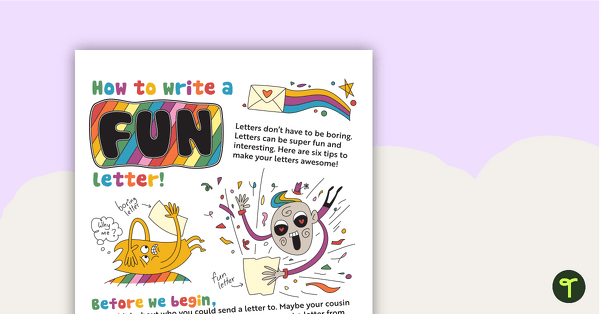
How To Write A Fun Letter
Six simple and creative ideas for writing a fun letter.
- Plus Plan
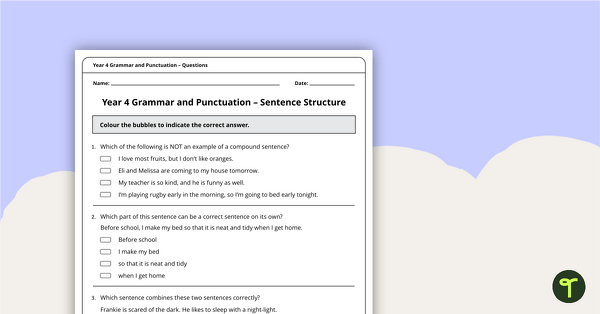
Grammar and Punctuation Assessment Tool – Year 4
A set of 5 grammar and punctuation assessment tools suited to Year 4 students.
- Plus Plan
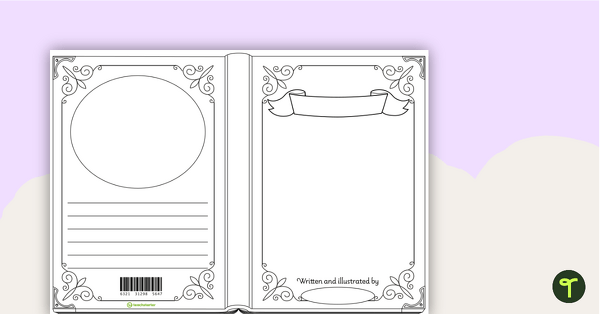
Narrative Booklet Template – Storybook Theme
A storybook-themed booklet for students to use when publishing their narrative texts.
- Plus Plan
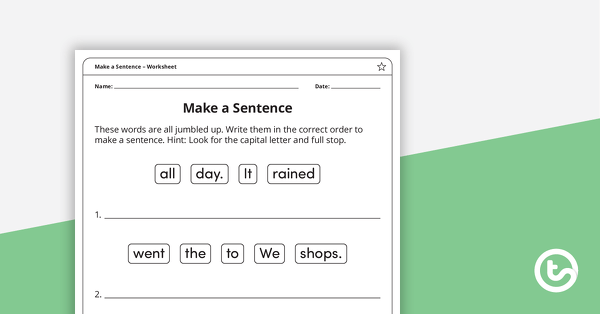
Make a Sentence – Worksheets
A set of worksheets where students un-jumble words to create a sentence.
- Plus Plan
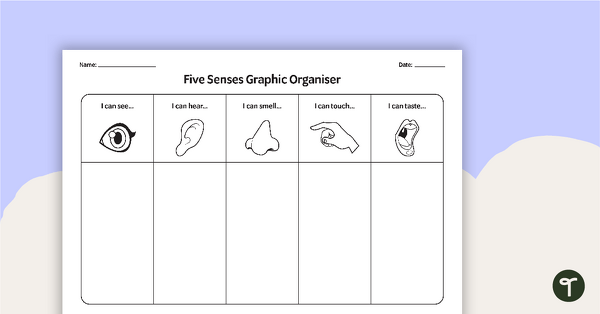
Five Senses Graphic Organiser
A graphic organiser to use when brainstorming sights, sounds, smells, touches and tastes.
- Plus Plan
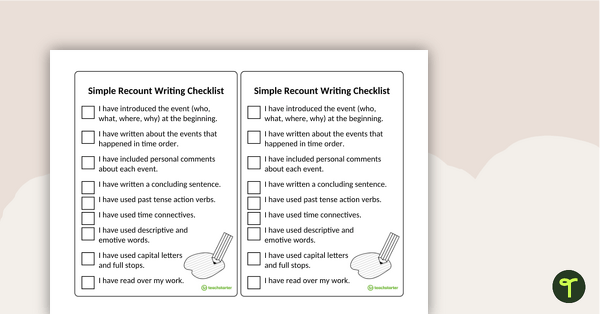
Recount Writing Checklist Pack
Use this recount writing checklist pack when teaching your students how to edit their writing.
- Plus Plan
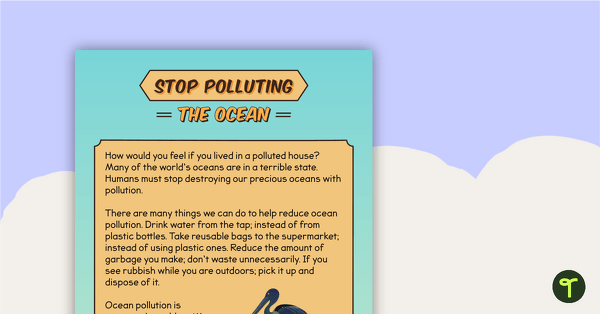
Sequencing Activity - Stop Polluting The Ocean (Persuasive Text) - Simplified Version
A sequencing task using a simple persuasive text.
- Plus Plan
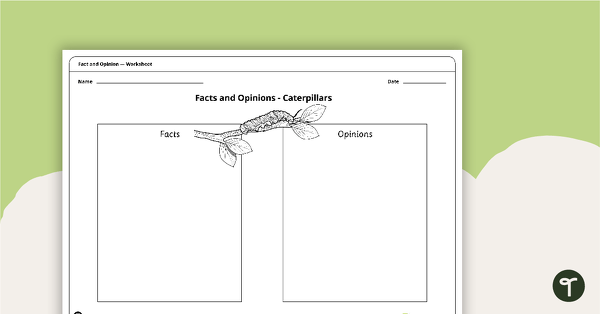
Facts and Opinions - Caterpillars
A fun activity for students to use when identifying facts and opinions about caterpillars.
- Plus Plan
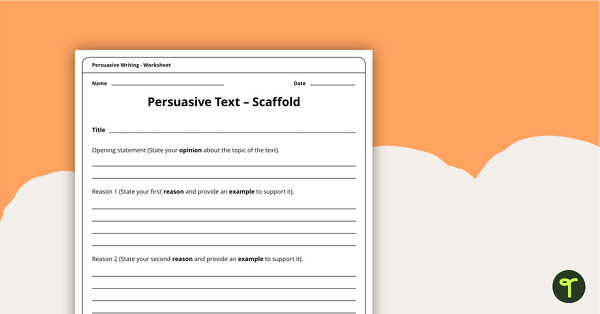
Persuasive Texts Writing Scaffold
A one page scaffolding sheet which can be used to write a persuasive text.
- Plus Plan
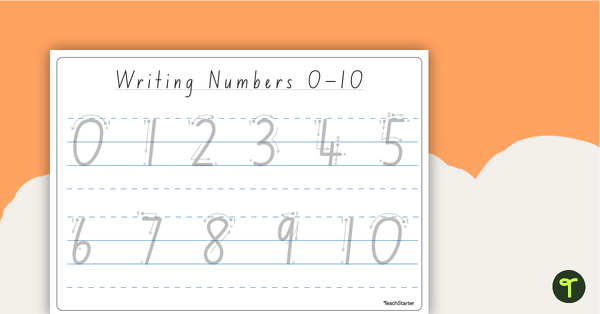
Tracing Numbers 0-10 Handwriting Worksheet
Get your students tracing numbers from 0-10 with this number formation worksheet available in Australian school fonts.
- Plus Plan
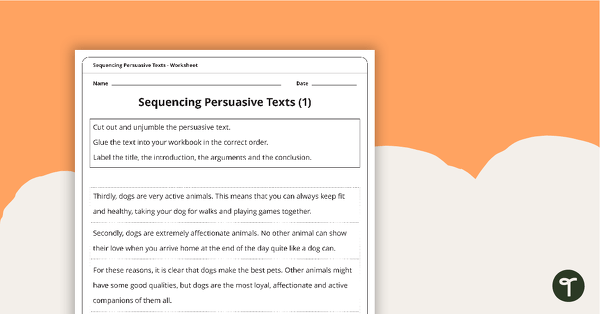
Persuasive Texts Sequencing Activity
3 jumbled persuasive texts for students to sequence in the correct order.
- Plus Plan
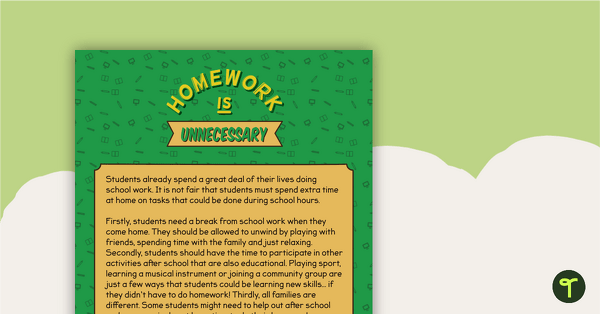
Sequencing Activity - Homework is Unnecessary (Persuasive Text)
A sequencing task using a persuasive text.
- Plus Plan

Very Important Verbs Worksheet
Explore verbs within the context of the well-known story of The Gingerbread Man.
- Plus Plan
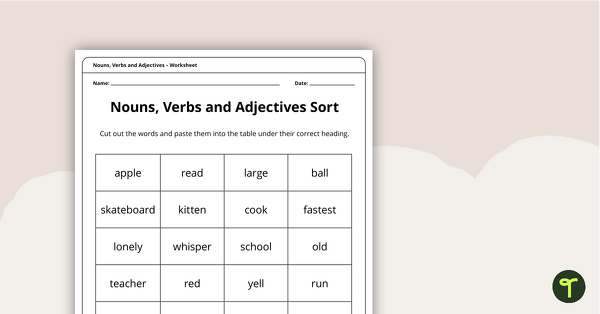
Nouns, Verbs and Adjectives – Sorting Task
Help students learn the difference between nouns, verbs, and adjectives with this cut-and-paste sorting worksheet.
- Free Plan
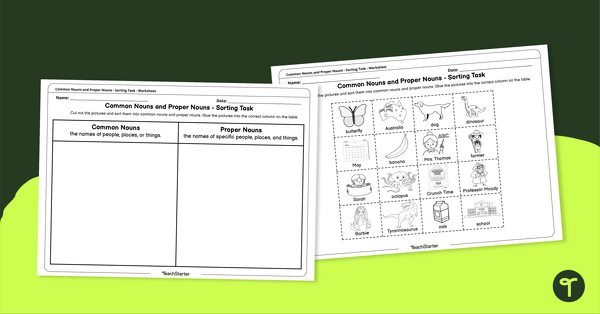
Common Nouns and Proper Nouns - Sorting Task
A sorting task to help students learn the difference between common nouns and proper nouns.
- Plus Plan
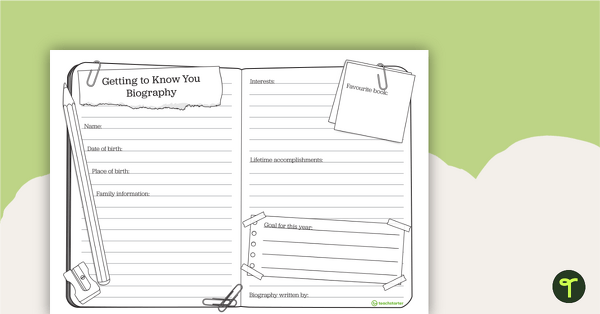
Getting to Know You Biography Template
Help your students get to know each other with a Back to School Biography writing activity.
- Plus Plan
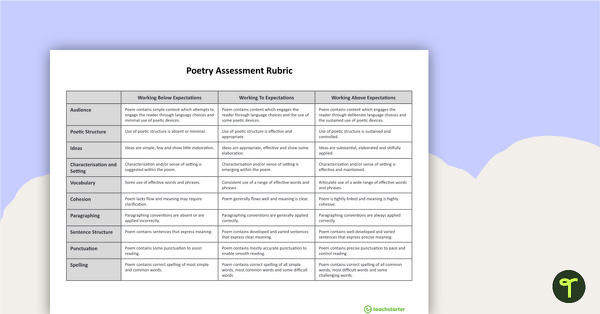
NAPLAN-Style Assessment Rubric for Poetry
A NAPLAN-style rubric designed to help teachers to assess student's poetry.
- Plus Plan
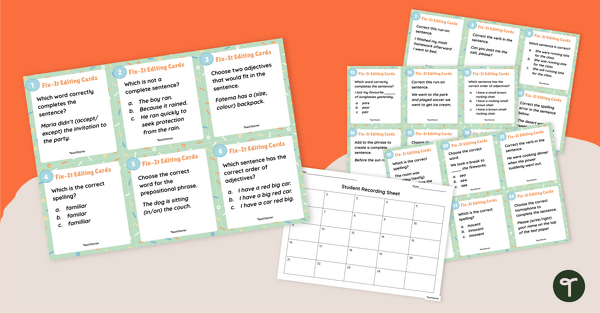
Year 4 Grammar Review Task Cards
Download these Year 4 grammar review task cards perfect for literacy rotations.
- Free Plan
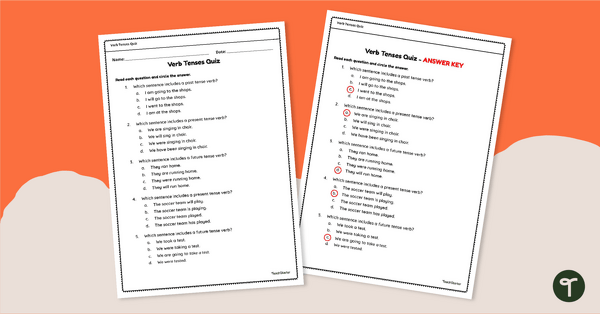
Verb Tenses Quiz Worksheet
Assess your students' knowledge of verb tenses with this 5-question quiz.
- Plus Plan
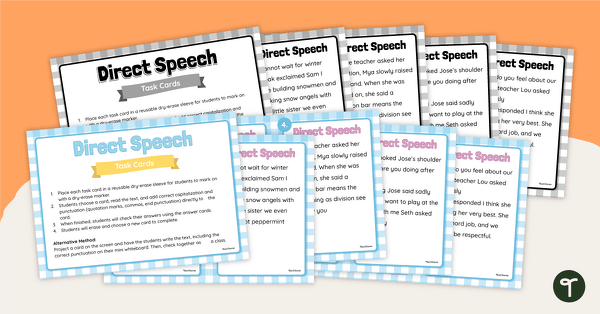
Using Speech Marks in Direct Speech Task Cards
Practise adding double quotation marks to direct speech with printable quotation mark task cards.
- Plus Plan
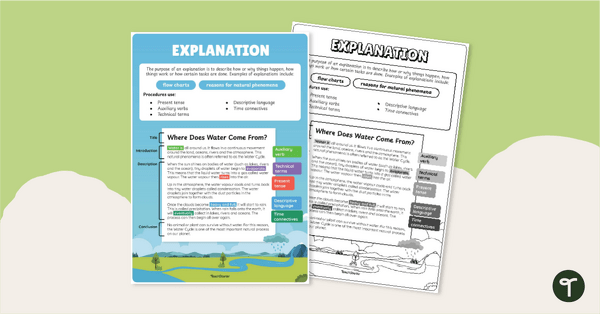
Explanation Text Type Poster With Annotations
Display this explanation text with annotations to help students identify the structure of an explanation.
- Plus Plan
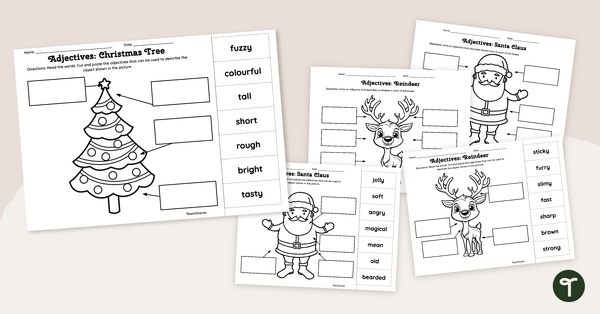
Holiday Adjective Worksheet Pack
Have some festive fun using printable Christmas adjective worksheets to practise describing nouns.
- Plus Plan
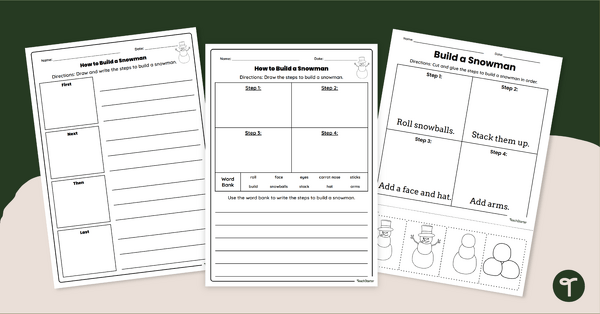
How to Build a Snowman - Procedural Writing Worksheets
Explain how to build a snowman with a pack of printable year 1 writing activities.
- Plus Plan
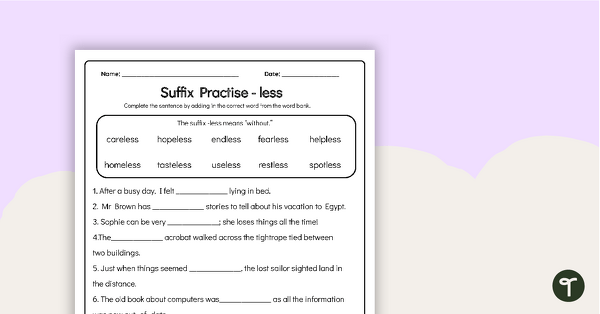
-Less Suffixes Worksheet
Build vocabulary skills with a suffix worksheet featuring the suffix -less.
- Free Plan
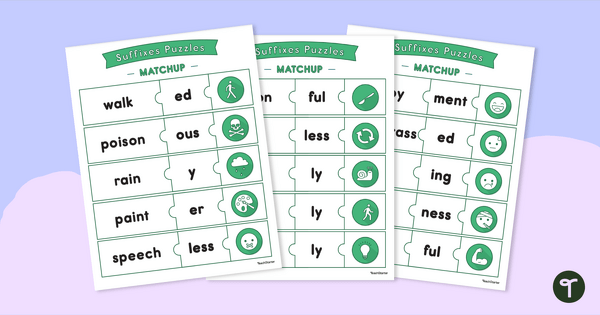
What is an Affix? Suffix Puzzle Pack
Practice building, reading, and understanding the meaning of words with suffixes with a fun set of printable puzzles for kids.
- Plus Plan
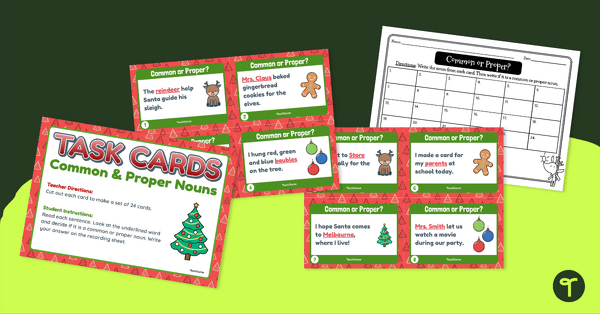
Christmas Common and Proper - Year 2 English Task Cards
Identify common noun and proper noun usage in sentences with this set of printable Christmas-themed Task Cards!
- Plus Plan
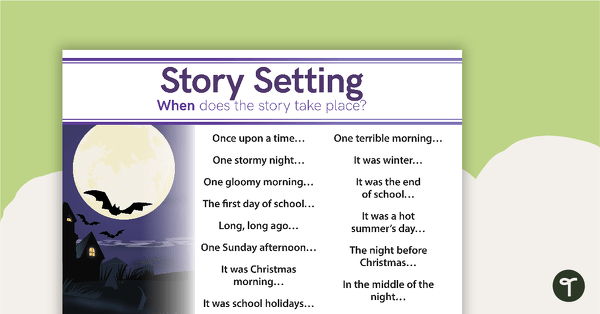
Narrative Setting Prompts Posters
A set of 2 posters giving ideas for the setting of a narrative.
- Plus Plan
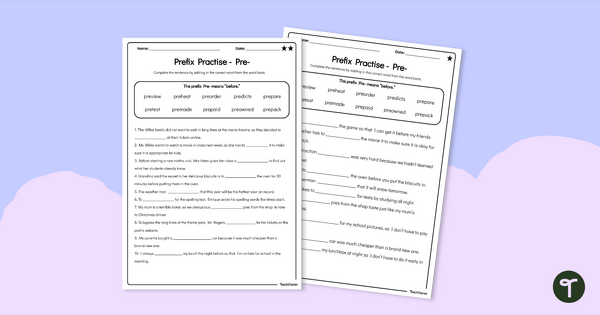
Pre- Prefixes Worksheet
Boost students' understanding of the prefix pre- with a printable prefix worksheet.
- Plus Plan
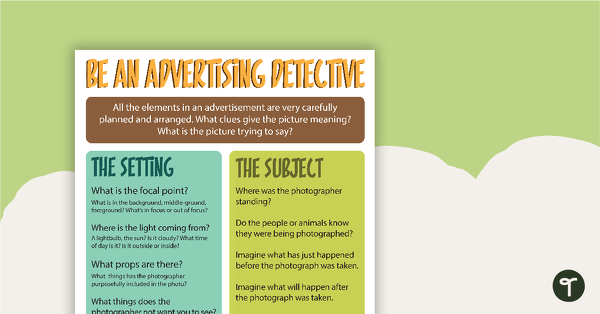
Advertising Resource Pack
An educational resource pack with persuasive writing tasks and worksheets about advertising.
- Plus Plan
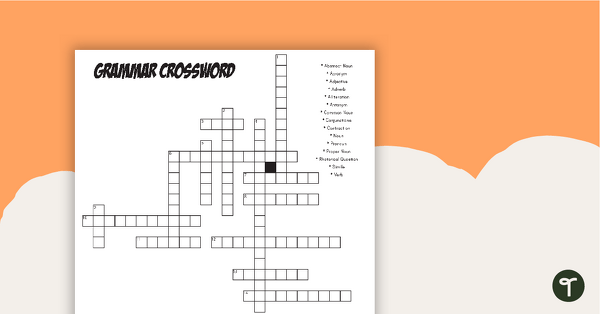
Grammar Crossword
A crossword with clues for various grammar concepts.
- Plus Plan
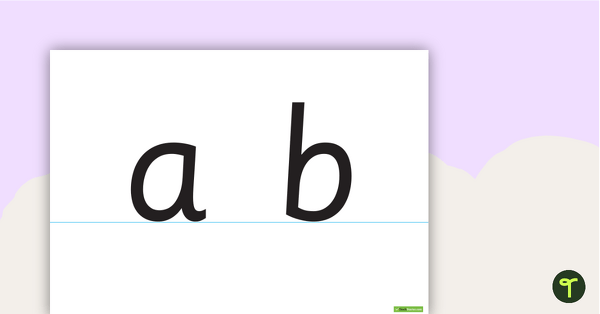
Large Handwriting Charts - Lowercase
Print handwriting displayed on large red and blue lines.
- Plus Plan
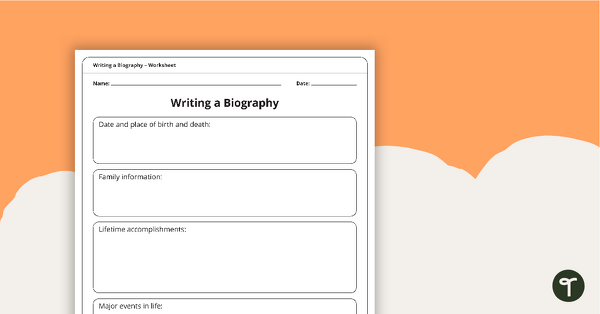
Biography Template
Guide your students with this Biography Template.
- Writing Worksheets
- Writing Templates
- Writing Games
- Writing Posters
- Writing Teaching Presentations
- Writing Labels, Signs & Decorations
- Writing Word Walls
- Writing Projects
- Writing for Preschool/Kindergarten
- Writing for Foundation Year
- Writing for Year 1
- Writing for Year 2
- Writing for Year 3
- Writing for Year 4
- Writing for Year 5
- Writing for Year 6
- Writing for Year 7